Deliver the best architectural rendering to your clients and investors with these simple but effective tips.
Table of Contents:
Introduction
Architectural rendering is the art of creating architectural content using imaging and animation is called. There are various types of architectural renderings, including 3D architectural rendering, watercolor rendering, and more.
Recommended Reading:
To excel in rendering, you’ll need reliable modeling software, such as Autodesk Revit or AutoCAD, which allows you to build and structure components of your designed architecture.
There are some ways to maximize performance and quality of your architectural rendering techniques.
Top 10 Tips and Techniques for the High Quality Architectural Renderings
Here are some ways to make your architectural rendering efficient.
-
Space requirements of your software
Make sure the software you use to model and structure your components have more memory than the minimum requirement.
A high-capacity RAM is very important for your computer. And for your architectural renderings, stalling is not the desired aspect.
You might want to make minor investments in your RAM to give you a better and faster performance of your architectural rendering.
-
Selecting the right resolution
A high resolution and a medium resolution look similar, but the time taken to deliver each one is significantly different.
In situations where you make large presentations that will be meticulously checked, you need high-quality renders. In other cases, a decent .jpg would suffice.
-
Wise use of your camera
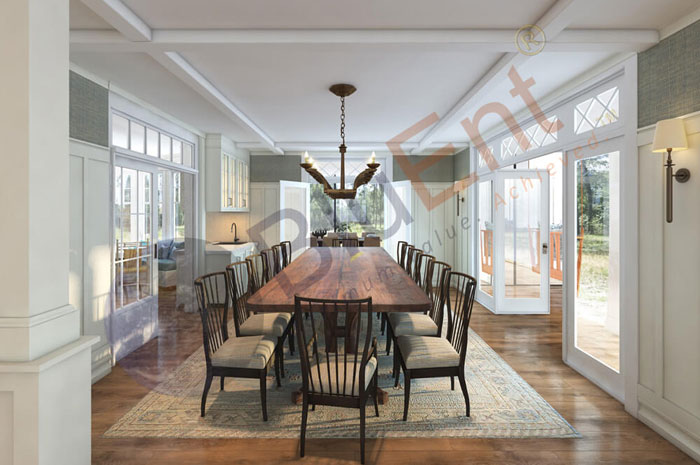
The best architectural rendering will pay attention to camera views. Views achieved from the camera tool of your software will deliver more realistic images than basic 3D images.
Perspective views are always a better architectural rendering technique.
There should be a physically based setup of lighting. Furthermore, use a realistic camera angle, that is, an angle that is physically possible – humans typically do not view the world from over 2 metres above the ground.
There are, of course, cases in which it makes sense to not follow this guideline. However, try to keep your camera either between 50 cm and 170 cm above the ground, or at a height of a helicopter or drone shot.
The focal length should be kept between 30 and 100 millimeters for exterior rendering and 15 and 55 millimeters for interior rendering.
Placing a camera in a corner with a wide-angle lens is fine. But we do recommend that you experiment with various compositions!
Recommended Reading:
-
Save your architectural renderings
It is useful to save your renders and name them so that you can look through them at any time. It will give you the time and space to work on your renders before you finalize anything.
For example, in retrospect, you may want to change certain things.
-
Always run draft renderings
This step is often skipped. However, we recommend making draft renders before committing to the longer ones. Making a realistic architectural rendering requires meticulous attention to detail, after all.
You could even render a small part before rendering the whole image. If you avoid this, those sleepless nights on your 12th-floor studio might be for naught.
-
Use real-life objects
A main feature of architectural rendering is to populating your image with real-life objects, such as plants, cars, and people. This will make your renders more lifelike and appealing to your clients.
The lack of a focal element can lower the quality of your renderings. It doesn’t necessarily mean what the camera focuses on, but anything that easily catches your eye. This could be a wall, pillar, fireplace, desk, lamp, etc.
-
Exterior materials
Exterior materials can be managed using your materials editor, so you might want to work on that in your image.
A rendering without any sign of nature is likely a boring rendering. Working on adding bushes, trees, etc. can be tedious and time consuming, but is absolutely essential.
-
Use a higher software version
Needless to say, always use the most recent version of your software, and most preferably the 64-bit one.
-
The lighting scheme
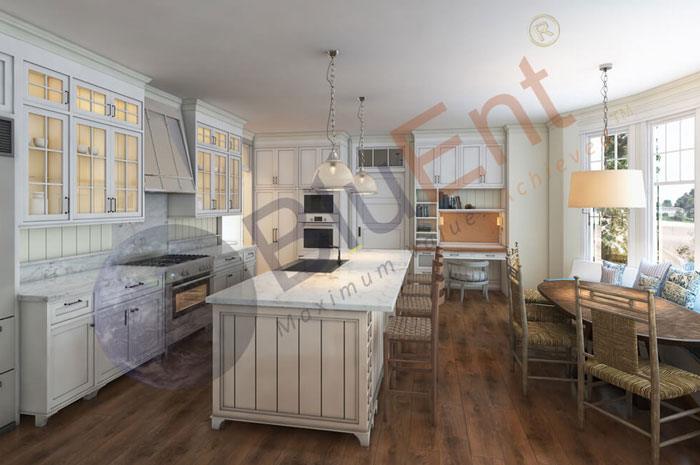
In order to make your images realistic, be careful with your lighting scheme. Keep your solar study right. Artificial lighting would be appropriate for night-time.
Shadows are important, too. They determine where you want your viewer to look. Hence, vignetting becomes a vital aspect.
Conclusion
To deliver the best architectural rendering that is accurate and attractive, keep these points in mind. Remember the purpose of your render and choose your software accordingly.
BluEntCAD is a leading architectural rendering company that serves large commercial architects, residential architects, homebuilders, real estate developers, remodelers and design build contractors. We cater to clients all over the US, Canada, UK, Australia and New Zealand.
In addition to 2D renders, we provide 3D rendering services and 3D animation services. We are known for our extensive construction knowledge and for our preference for sustainability.
Our projects not only include inception, development and planning, but also documentation and execution. They cut down your operational costs and optimize your investment.
But don’t take our word for it. Take a look at our portfolio and determine whether we are charging you a fair price.
Ready to take your project to new heights with rendering services? Contact us now!
Maximum Value. Achieved.













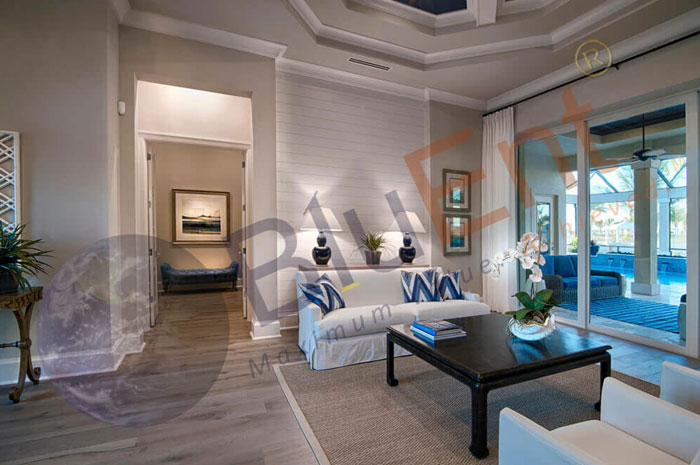

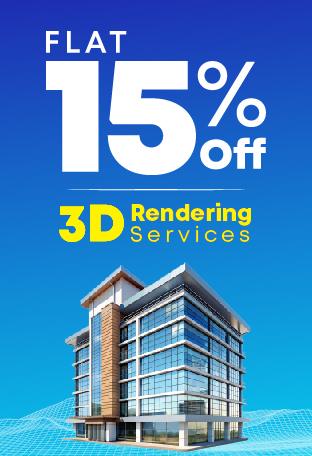


 Freelancer or Visualization Studio or In-House Team: What Brings More Value for Builders and Developers
Freelancer or Visualization Studio or In-House Team: What Brings More Value for Builders and Developers 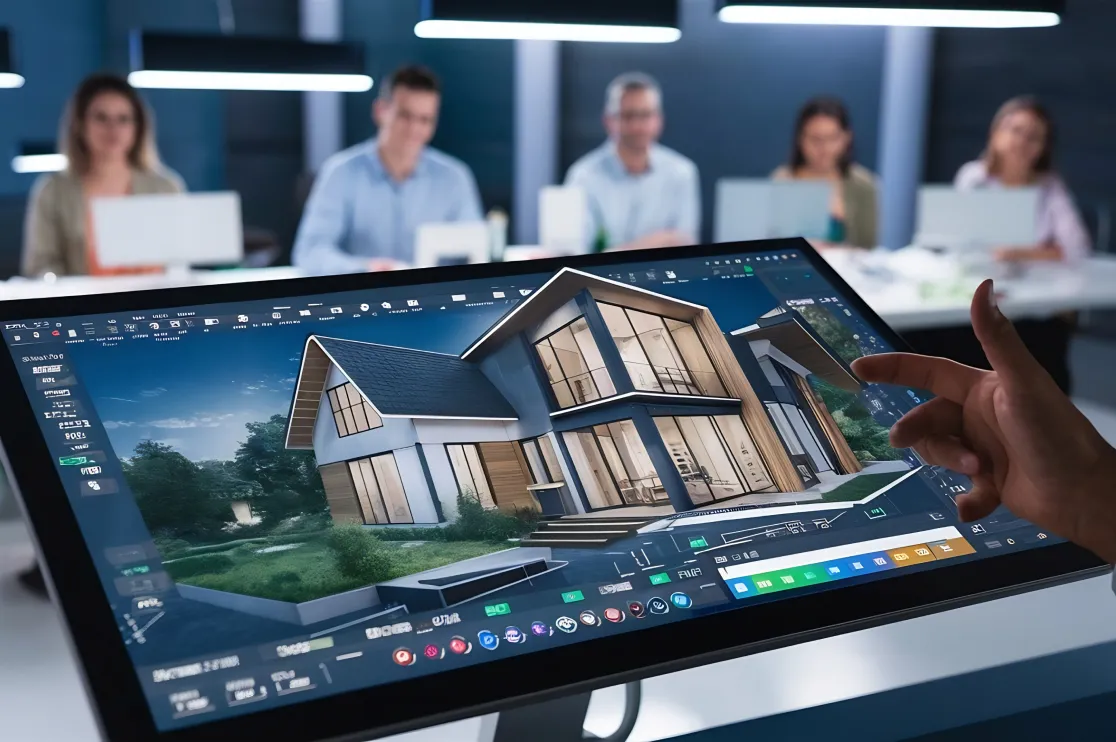 6 Correct Ways to Use 3D Animation Video for Real Estate Advertising to Boosts Sales?
6 Correct Ways to Use 3D Animation Video for Real Estate Advertising to Boosts Sales? 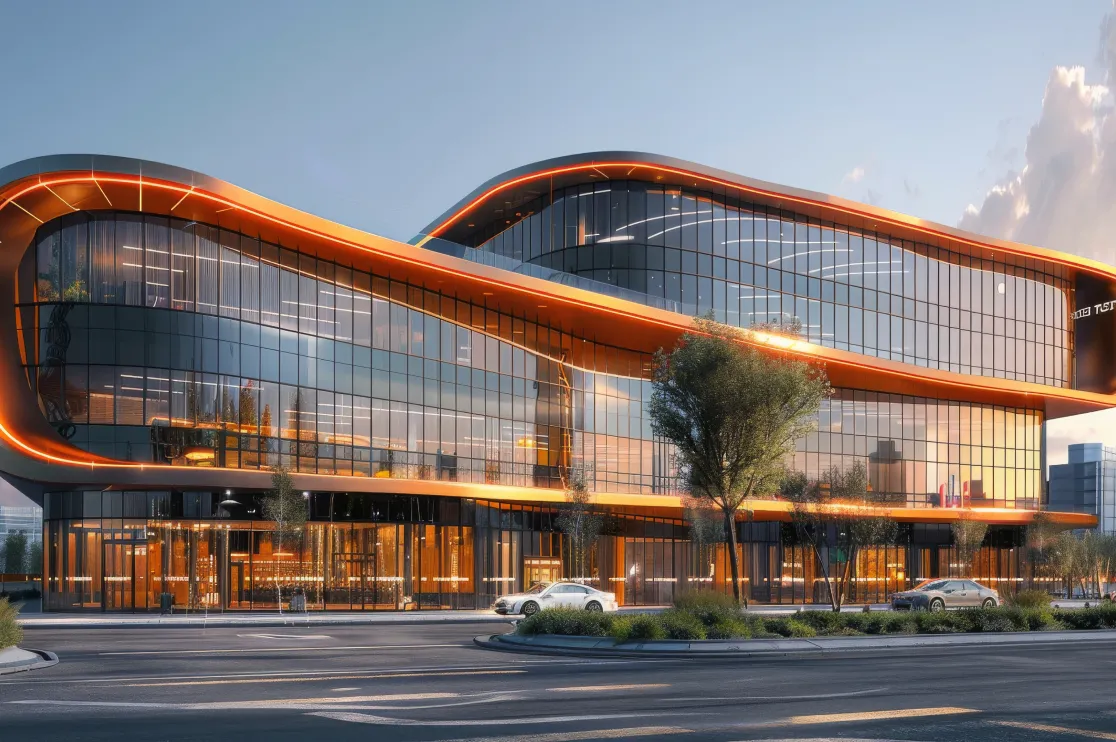 Showcase Commercial Real Estate Like Never Before: The Developer’s Guide to Standing Out
Showcase Commercial Real Estate Like Never Before: The Developer’s Guide to Standing Out 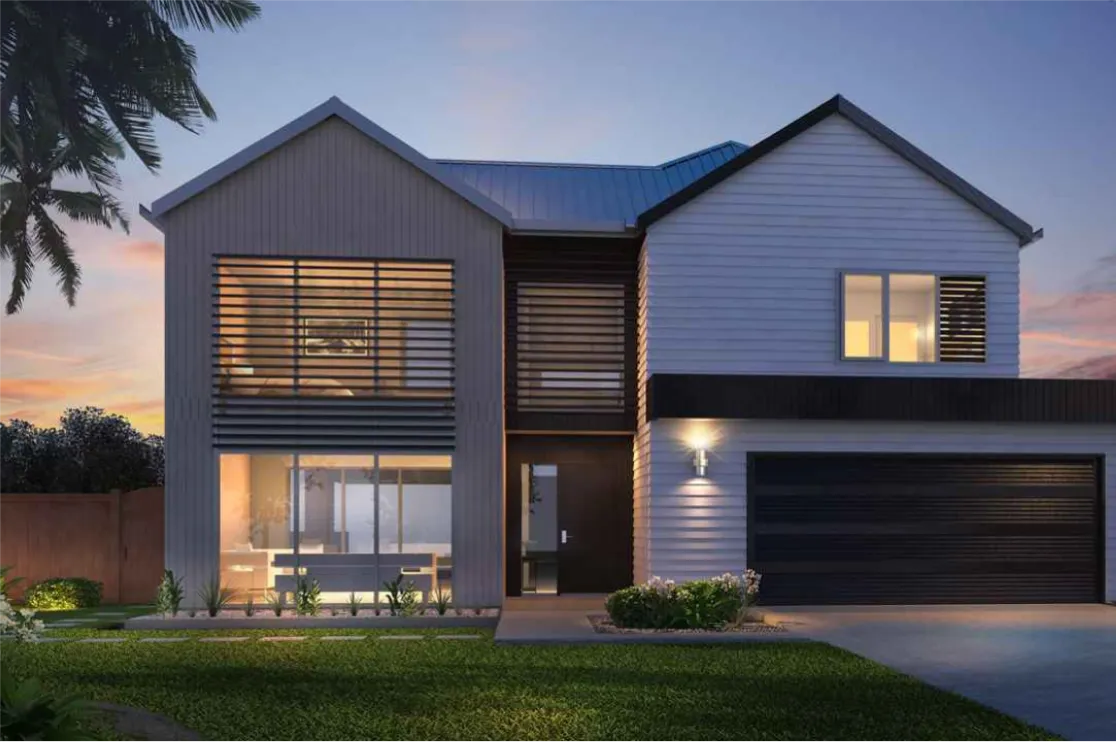 Exploring 3D Architectural Visualisation: More Options Than Just Static CGI
Exploring 3D Architectural Visualisation: More Options Than Just Static CGI